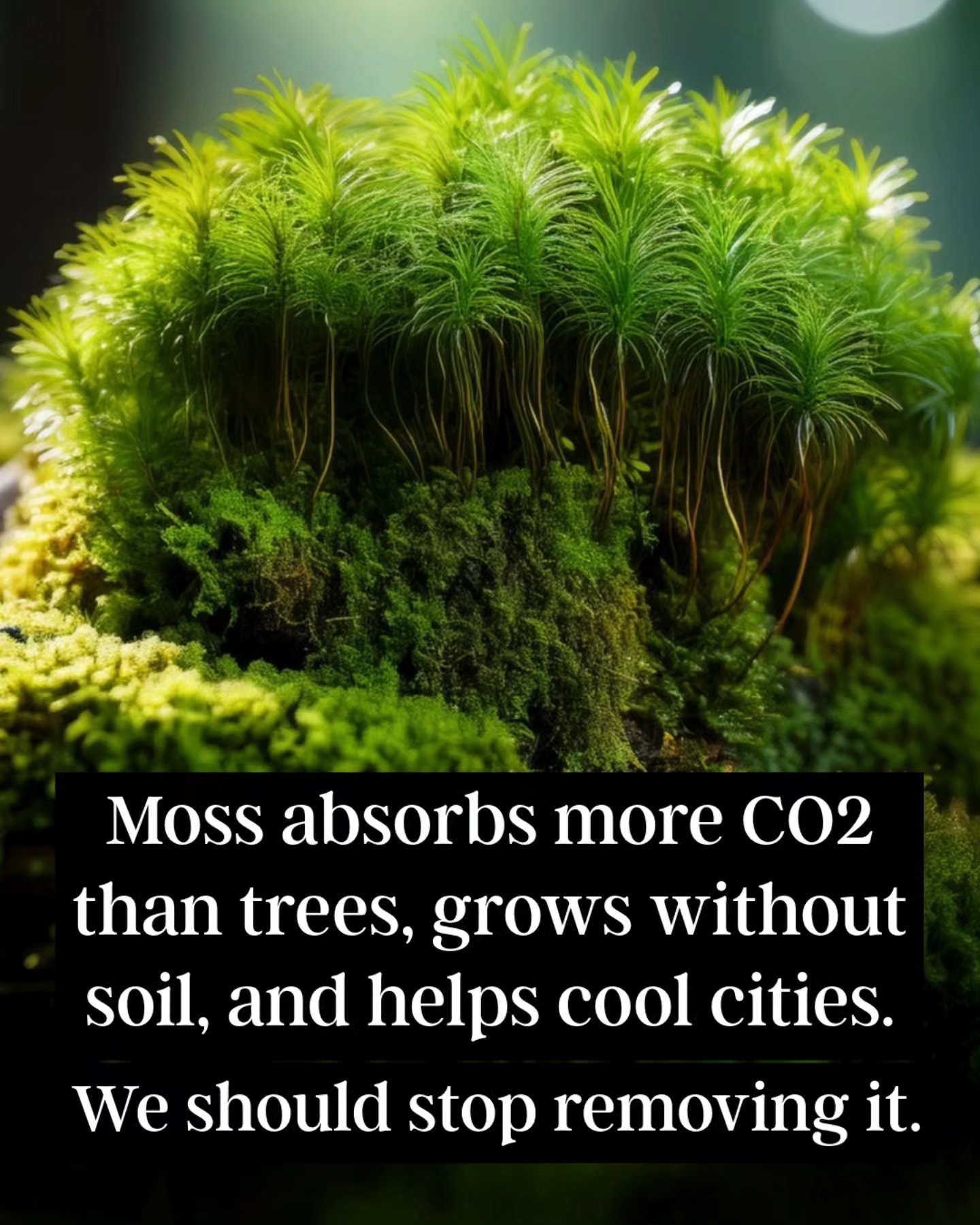Have you ever been strolling through your garden or backyard and spotted a wild plant growing between your flowers or creeping across the lawn? Maybe you’ve heard a TikTok or Threads post warning: “If you see this growing in your yard, do not break it under any circumstances”. It sounds dramatic, but there’s actually a fascinating, beneficial reason behind it.
🌿 What’s the Big Deal About the “Mysterious” Weed?
A viral social media post warns against removing a particular plant in your garden, celebrating it as “a beautiful plant I love having” Facebook+2Facebook+2Threads+2. Often, people are talking about purslane (Portulaca oleracea), a succulent that many mistakenly call a weed. Purslane thrives in dry, nutrient-rich soils—and is edible, nutritious, and ecologically helpful Almanac.com+1Facebook+1.
🧬 Edible and Nutritious: Let Nature Surprise You
Purslane is a subtle powerhouse. Here’s why gardeners shouldn’t rush to eradicate it:
- Rich in nutrients: It contains vitamins A, C, essential omega-3 fatty acids, and antioxidants.
- Culinary use: It can be a crisp addition to salads, soups, omelets, or even smoothies—mildly tart with a pleasing succulent crunch.
Many gardeners are now embracing its presence. As one enthusiastic fan shared: “If you see this in your yard, do not break it under any circumstances… It’s a beautiful plant I love having it.” Reddit+4Facebook+4Facebook+4
🌎 Weeds as Soil Healers: What Almanac Says
It turns out weeds like purslane are more than just edible—they can tell you what’s happening underground. According to the Old Farmer’s Almanac, weeds are nature’s soil-reading agents Almanac.com:
- Purslane indicates high phosphorus in the soil.
- Dandelions hint at compacted, calcium-poor ground.
- Crabgrass signals soils low in calcium.
- Plantain suggests compacted clay or acidic dirt.
Rather than combating every wild plant, consider what message it’s sending. Weeds often appear to correct soil imbalances or act as natural indicators of fertility and drainage issues.
🌱 Rethinking “Weeds”
In a popular permaculture discussion, one user explained that plants labeled as weeds “are nature’s way of improving soil conditions to allow higher-succession plants to grow…” Almanac.com+1Facebook+1Reddit. In other words, weeds are the planet’s first responders—working to heal depleted or damaged ground.
Still, not everyone agrees. One Redditor responded, “A weed is any plant in any place that you don’t want it,” acknowledging that while some weeds are helpful, others can threaten native ecology or crop health Reddit.
🧹 Should You Always Let “Weeds” Grow?
The answer is: it depends on context. Here’s a helpful guide:
✅ Let Grow:
- Edible or medicinal plants (like purslane or dandelion) that thrive in your garden soil.
- Soil-improving pioneers that enhance nutrient content or break up compacted layers.
- Native volunteer plants that support local insects and pollinators.
❌ Remove with Care:
- Invasive species, such as giant hogweed, kudzu, or bindweed, which can overwhelm gardens.
- Weeds near foundations or drainage systems that could cause structural damage.
- Allergens or toxic species, like ragweed or poison ivy, that pose health risks.
🌸 How to Garden With Intention
- Identify the plants growing in your yard. Basic weed field guides or Google Lens can help.
- Decide based on purpose:
- Edible? Keep it.
- Soil-improving? Give it space.
- Hazardous or invasive? Remove cautiously.
- Use “weeds” as indicators: Let purslane or dandelions guide your soil-amending choices.
- Maintain balance: Pull out invasive or problematic plants, but appreciate the rest.
- Embrace edible weeds: Make purslane pesto, add wild greens to your salad bowl, or prepare dandelion tea.
💬 Voices from Real Gardeners
A garden forum user noted:
“I love having them. … It’s a beautiful plant I love having it.” Facebook
And the Almanac adds:
“Weeds are not inherently the problem. They are a symptom … Learning to read the weeds as clues to our soil’s condition can help the soil recover.” Almanac.com
🛠️ Practical Tips: Work With, Not Against
- Mulching helps prevent aggressive weeds while allowing gentle weeds that feed soil to persist.
- Selective weeding conserves beneficial plants while removing problems.
- Composting pulled weeds turns them into nutrients—but remove seed heads first!
- Edible weed recipes: Try purslane or dandelion in your meals.
🏆 Final Verdict
That little plant creeping between your stepping stones might just be one of the best helpers you have. Before you grab the hoe, pause and consider whether you’re uprooting a soil healer or harvesting a volunteer superfood. Nature often knows best—if only we bother to listen.
So next time you hear “don’t break it under any circumstances”, you might be surprised how that humble weed is quietly working for you.
🔍 Key Takeaways
| Tip | Takeaway |
|---|---|
| Don’t knee-jerk yank every wild plant | Many are edible, medicinal, or healthy soil indicators |
| Purslane is edible, nutritious, and flourishes in healthy soil | Keep it or cook it—don’t crush it! |
| Weeds are Nature’s soil sensors | Identify common ones and respond appropriately |
| Maintain an ecological balance | Remove threats, keep helpers, and compost intentionally |
By learning to garden with intention—rather than fear—you cultivate not just plants, but resilience, sustainability, and maybe even a new favorite salad green.

